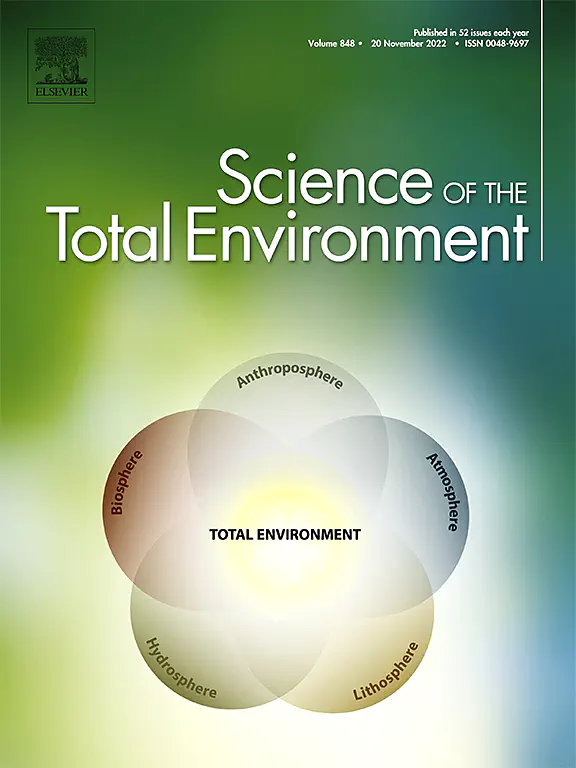Effects of the invasive clam Corbicula fluminea (Müller, 1774) on an estuarine microbial community

Abstract
The Asian clam Corbicula fluminea (Müller, 1774) is well recognized for its invasive behavior and high ecological and economic impacts, being classified as one of the 100 worst invasive alien species (IAS) in Europe. In this study, we performed a manipulative experiment under natural conditions to assess the effects of C. fluminea on sediments biochemistry and on the structure of an estuarine microbial (fungi and bacteria) community. We placed 5 treatments (control, rock, closed, live and open) for 2 months in the Minho estuary (NW Iberian Peninsula). No differences were detected between treatments regarding the values of carbon (C), nitrite (NO2−), ammonium (NH4+), phosphate (PO43 −) and calcium (Ca) in the sediments; however, potassium (K) had higher values in the open treatment. Furthermore, we found that the presence of live C. fluminea stimulated fungal biomass (but not diversity) and bacterial diversity. Bioturbation activities by C. fluminea are possibly the main mechanism explaining these results; however, other factors such as the presence of other macroinvertebrate species and/or production of feces and pseudofeces by C. fluminea cannot be excluded. To our knowledge, this is the first manipulative experiment under natural conditions that clearly shows the effects of C. fluminea on an estuarine microbial community. Given the widespread distribution of this IAS and the paucity of quantitative assessments of invasive bivalves’ effects on microbial communities, it will be important that future studies further investigate these processes.